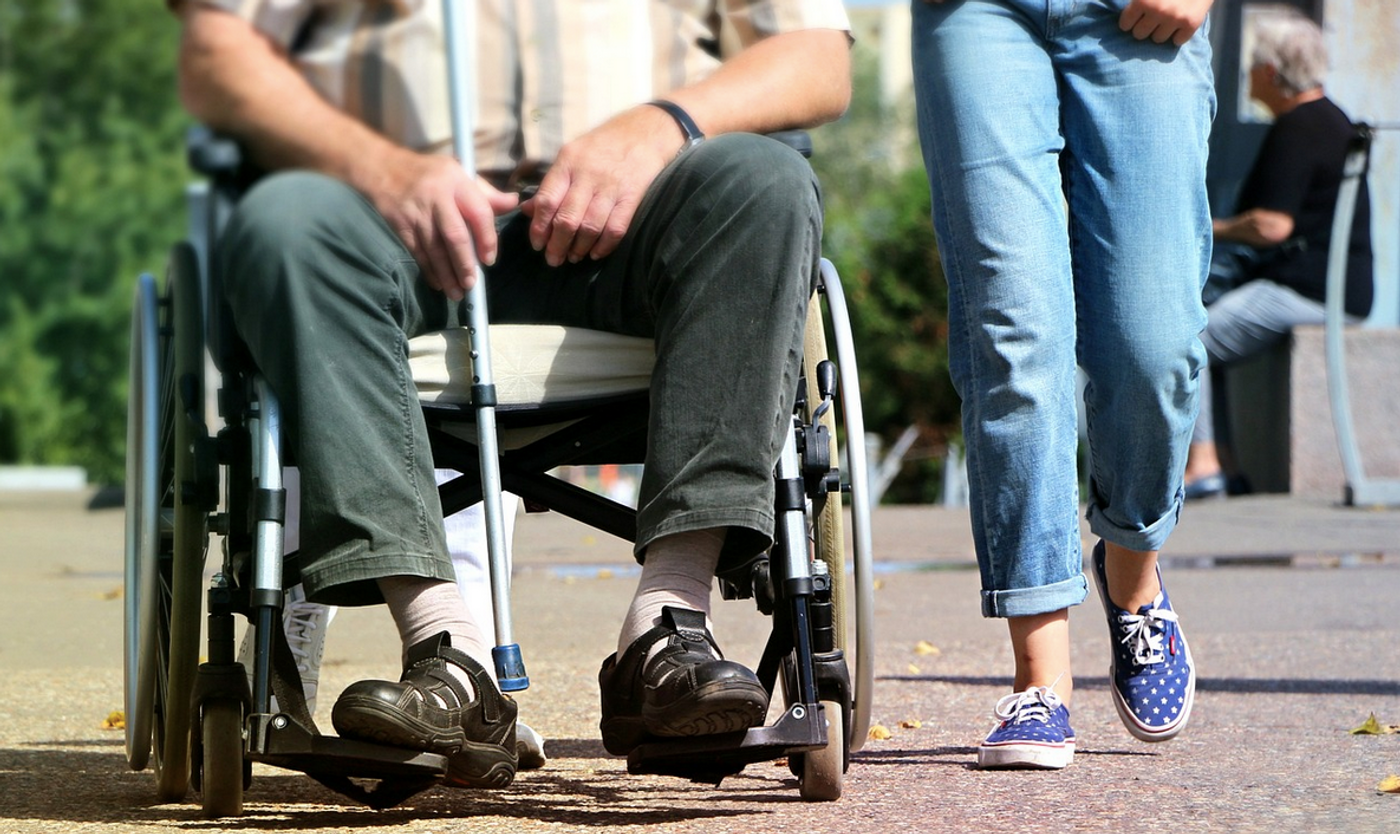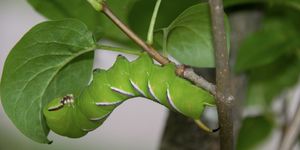A Trio of Genes Can Restore Epigenetic Integrity & Reverse Aging
Epigenetics refers to features of the genome that can affect gene expression, but don't alter the nucleotide sequence of DNA; they might include structural changes that influence the accessibility of certain parts of the genome, or chemical tags that attach to the DNA molecule, for example. Research has now shown that changes in epigenetics promote aging. Disruptions in chromatin, which organizes and regulates DNA, seem to cause aging in mice, and when chromatin integrity is restored by manipulating trio of genes, the signs of aging are reversed. The findings, which suggest that chromatin disruptions, and not DNA damage cause aging, have been reported in Cell.
Aging is thought to be due to various problems that can build up in cells over time and use. Mutations in DNA can gradually accumulate in organisms as they grow older. The genetic mutations may be caused by many things, such as mistakes that can occur during cell division, or environmental influences like UV rays or pollution, for example. These mutations build up and can impact cell function in some cases, which may lead to aging. Telomeres in cells also get smaller every time cells divide, causing cells to wear out and eventually stop dividing. But not all research has agreed that those changes can explain every aspect of aging; not all aged cells carry a lot of mutations, for example. This research has revealed that chromatin may be a significant factor.
"We believe ours is the first study to show epigenetic change as a primary driver of aging in mammals," said senior study author, David Sinclair, a professor at Harvard Medical School among other appointments.
Correcting mutations in the genome is possible, but extremely challenging, and the study authors noted that it's easier to alter the epigenome. Thus, it may be possible to relieve symptoms of aging by focusing on epigenetics. More research will be needed to confirm these findings in people, however.
In this study, the researchers mimicked the genetic mutations that naturally happen in mammalian cells all the time, because of normal metabolic processes, UV or certain chemical exposure. The mutations were created in non-coding regions of the genome, which do not create proteins, so that the primary impact would involve alterations in how DNA is folded and compacted as chromatin. The scientists called their method inducible changes to the epigenome (ICE).
Epigenetic factors were still able to regulate genes and repair breaks in DNA normally for a time in ICE-altered mice. But after awhile, these factors were not able to get back to their 'home base' after completing the repairs. The epigenome became disorganized and started to lose its original characteristics; chromatin condensed and unwound in the wrong ways, which is a hallmark of dysfunctional epigenetics.
When the mouse model took on a disorganized epigenome, the 6-month-old mice began to look and behave like mice that were far older. Biomarkers of aging increased, and cells lost their identities, causing disruptions in tissue function and organ failure.
The researchers also assessed how many places in the genome lost methyl groups, a chemical tag that is a well known epigenetic marker. They suggested that this method can determine a biological, instead of chronological, age. The mice treated with ICE were significantly 'older' by this measure compared to untreated mice of the same chronological age.
With gene therapy targeting three genes: Oct4, Sox2, and Klf4, or OSK, the investigators were able to reverse those epigenetic changes in the ICE mice. The tissues and organs of those mice became youthful again after this treatment. However, the researchers have not yet determined how OSK works to restore youth to cells.
"We hope these results are seen as a turning point in our ability to control aging," said Sinclair. "This is the first study showing that we can have precise control of the biological age of a complex animal; that we can drive it forwards and backwards at will."
Sources: Harvard Medical School, Cell









